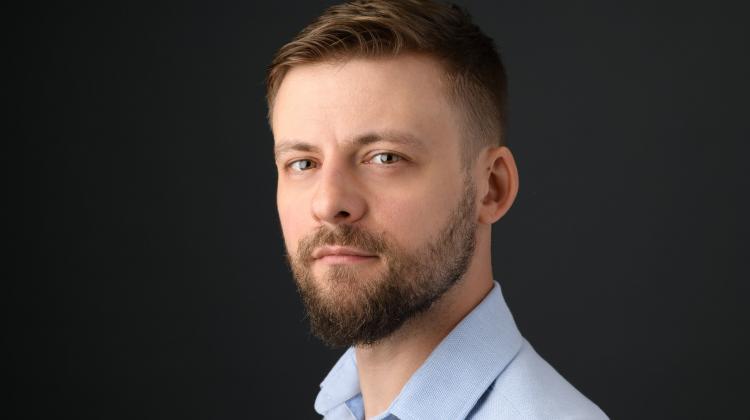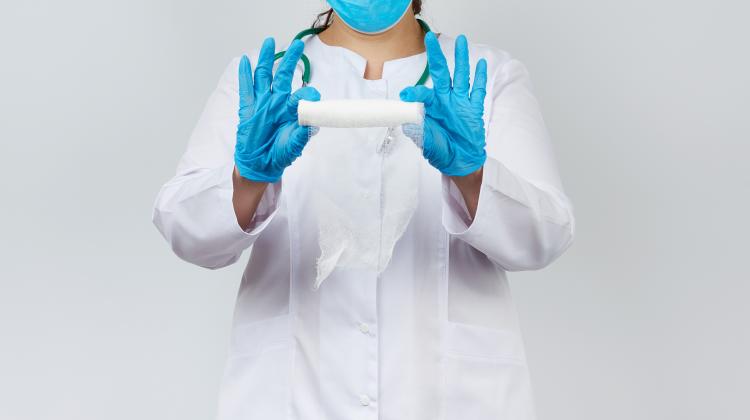According to the latest research, human brain at an average of 1 508 g has about 86 billion neurons (nerve cells) and 85 billion non-neuronal cells (glia) which serve to support and protect neurons. Each neuron may connect to 10 000 other neurons and transmit signals through 1 000 billion synapses. Reproducing such a complicated structure in the laboratory poses a huge challenge to scientists.
So far, biochemical processes and interactions occurring between the cells of the central nervous system have been studied in vitro on 'two dimensional' models. Unfortunately, the results of studies conducted that way have not been confirmed in vivo. The reason for this is that cells grown in e.g. Petri's dish live in unnatural conditions. To create a more realistic laboratory environment, the studies would need to be done in a 3D environment. Quoting Dr. Krencik:
'We always felt like what we were doing in the lab was not precisely modeling how the cells act within the human brain. So, for the first time, when we put these cells together systematically, they dramatically changed their morphological complexity, size and shape. They look like cells as you would see them within the human brain, so now we can study cells in the lab in a more natural environment'.
Dr. Krencik's research team focused on star-shaped non-neuronal cells called astrocytes as they play an essential role in neurons communicating with each other by providing support in increasing the number and the strength of neuronal connections in the brain and spinal cord. What is more, astrocytes are responsible for maintaining proper function of the nervous system. Including astrocytes in the model allowed dr. Krencik's team to speed up neuronal connections and communication.
The group coordinated by the researcher is the first to have used astrocytes in growing 3D mini-brains. It enabled faster maturation of both astrocytes as well as of the surrounding neurons. Dr. Krencik dubbed his 3D structures 'asteroids' to separate them from other types of engineered 3D cells known as organoids. His 'asteroids' contain certain populations of astrocytes, while organoids have an undefined number and types of cells.
'Using our system, we can generate mature astrocytes and have them interact intimately with neurons to a greater extent than has been done before',
dr. Krencik said.
'Unlike other cells in the brain and in the rest of the body, astrocytes have unique properties in humans. It’s thought they are partly responsible for the unique cognitive functions of humans and also may underlie aspects of human diseases, such as Alzheimer’s and autism spectrum disorders'.
Currently, the researcher's team is using 'asteroids' to make functional neural circuits that can be instrumental in developing new treatments and explaining the genesis of many disorders. In the next five years, dr. Krencik's group is hoping to use 'mini brains' to develop clinical trials to improve or repair malfunctioning nervous system.
Sources:
- https://www.houstonmethodist.org/newsroom/3-d-mini-brains-accelerate-research-for-repairing-brain-function/
- https://www.cell.com/stem-cell-reports/fulltext/S2213-6711(17)30481-2
- https://www.ncbi.nlm.nih.gov/pmc/articles/PMC2776484/#!po=41.3043





